Lesothosaurus
Name Origin
Lizard from Lesotho
Family
Lesothosauridae
Classification
Diapsida, Ornithischia
Habitat (Discovery Location)
South Africa
Period
Approximately 199 to 189 million years ago (Early Jurassic)
Length
Approximately 1 meter
Weight
Approximately 3 to 10 kg
Diet
Herbivore (Plant-eater)
 Jurassic
Jurassic
Park / World Featured Dinosaur
Appearance in Jurassic World
It does not appear as a living creature in the film.
However, its existence seems to be confirmed by its inclusion in the lineup of the Holoscope (hologram display) located within the park's Innovation Center.
It is unknown if a living specimen was ever on the island, as it is not counted as one of the dinosaurs officially housed at the park. Therefore, it is possible that although its genetic data existed, it was never actually restored (cloned), or perhaps it had existed at some point in the past.
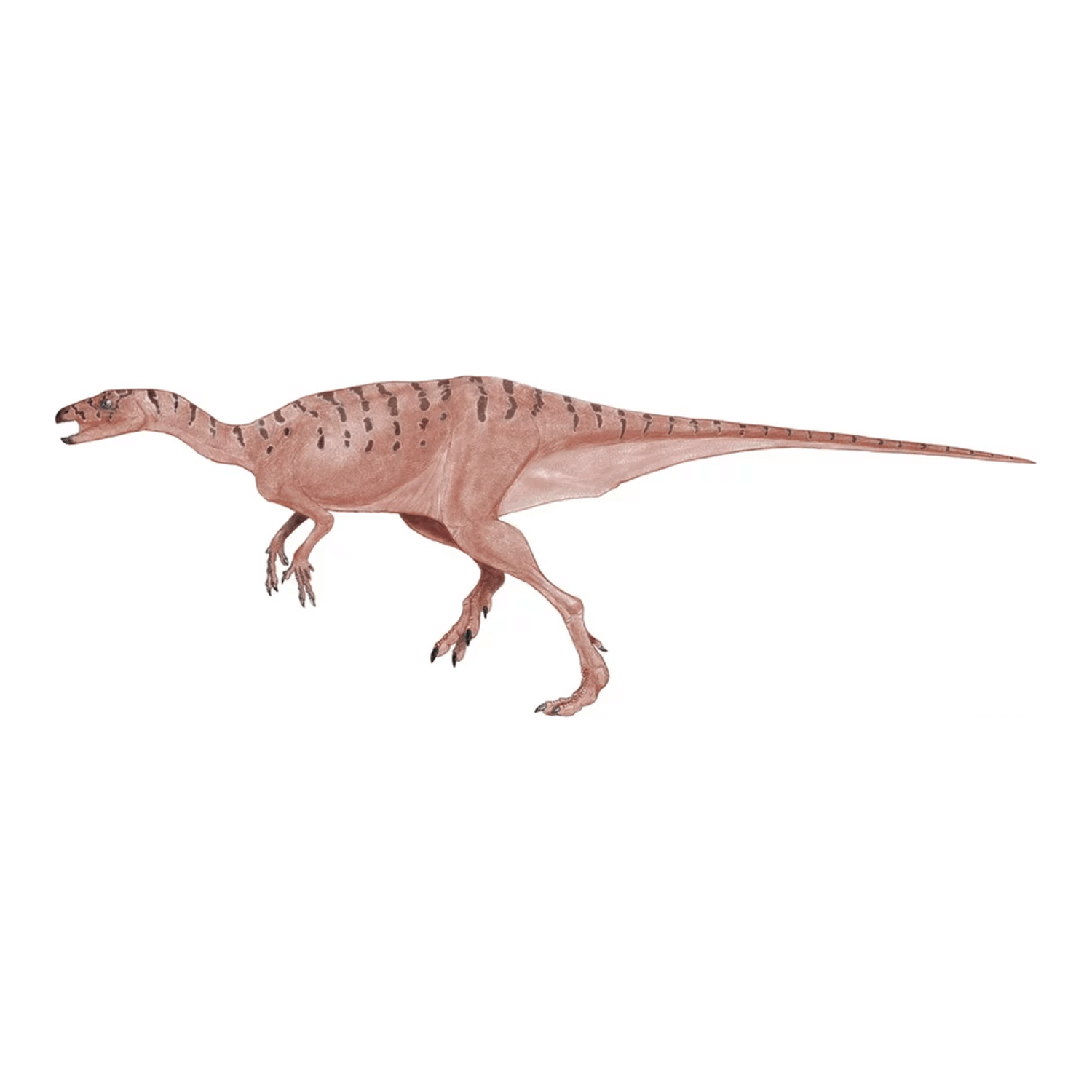

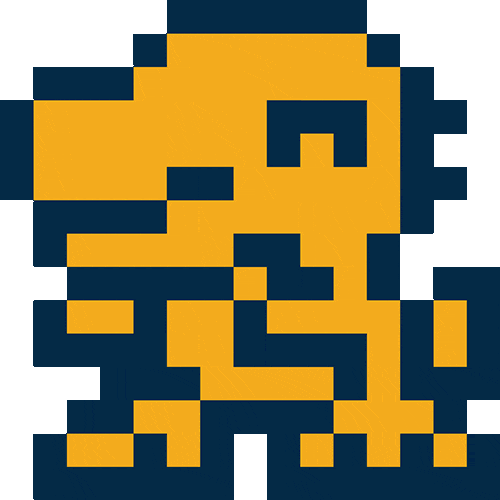
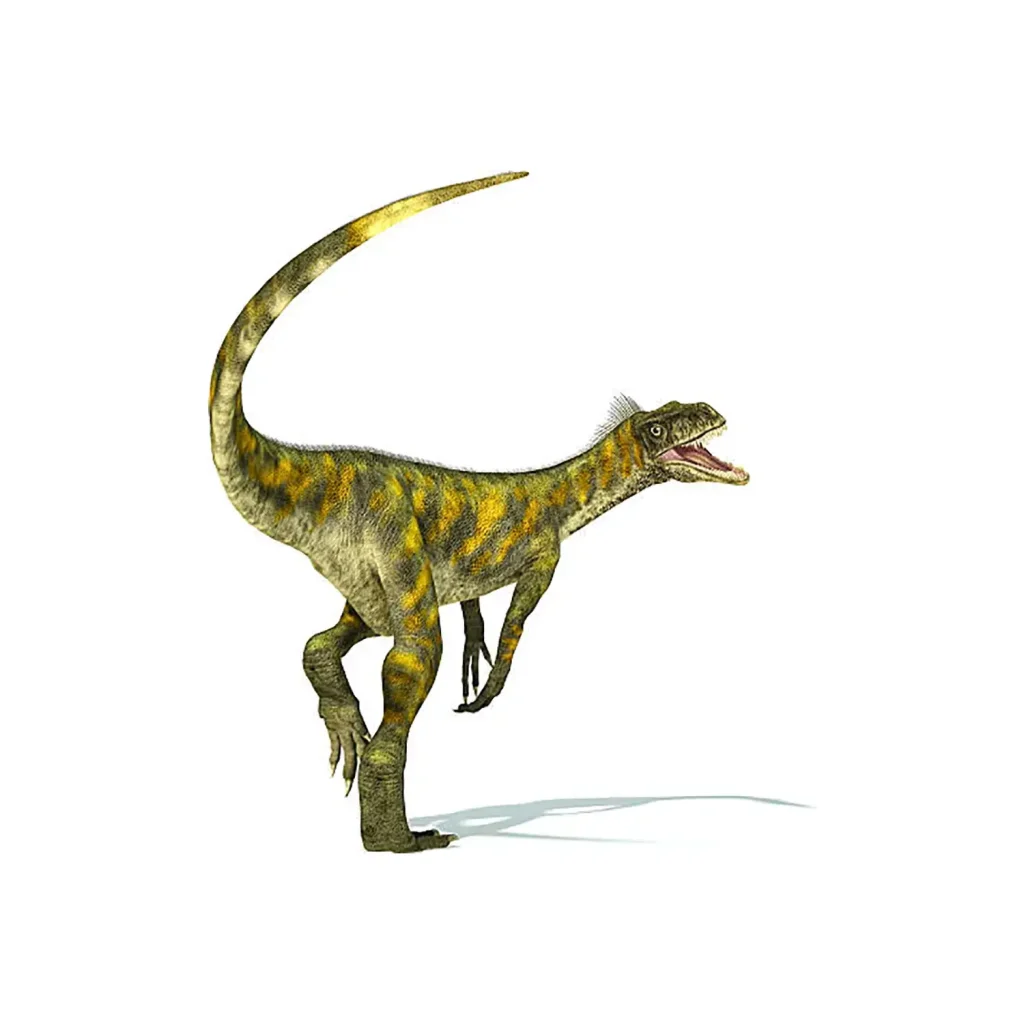

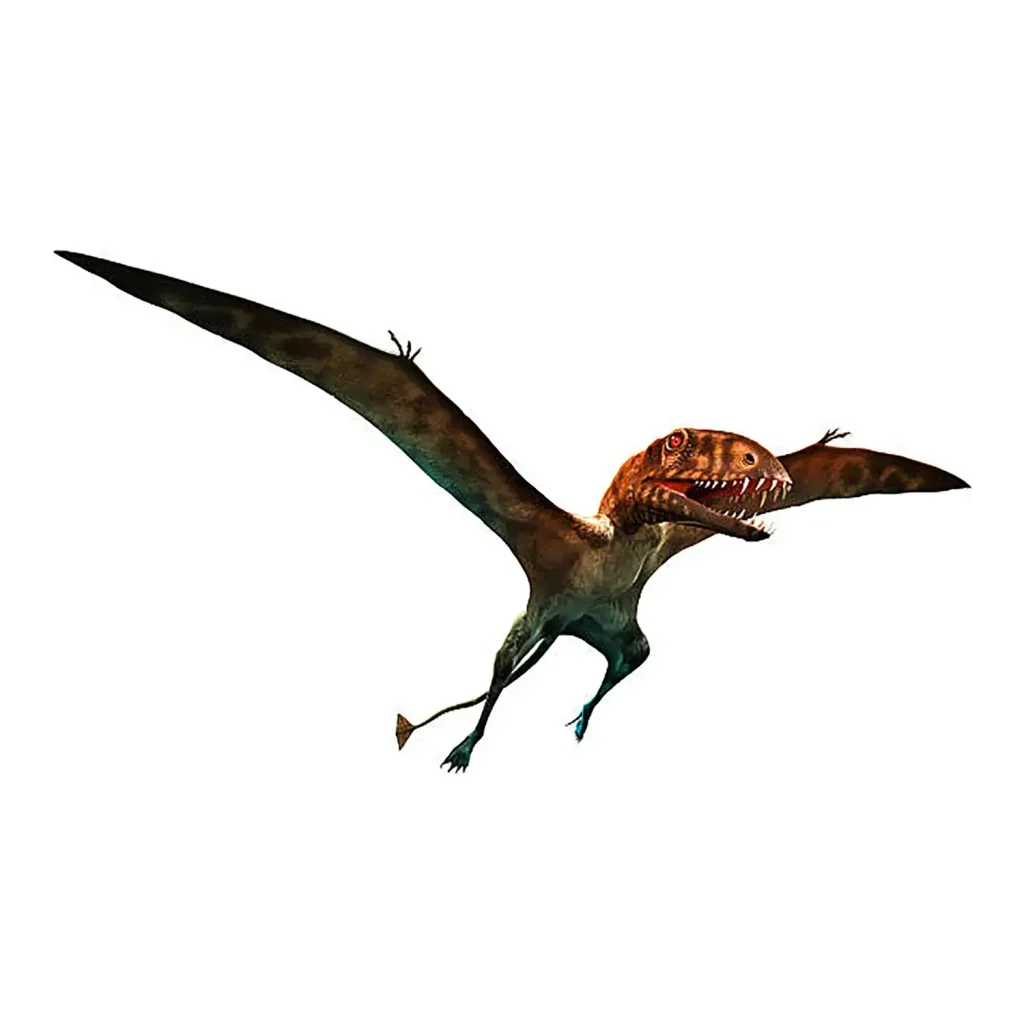
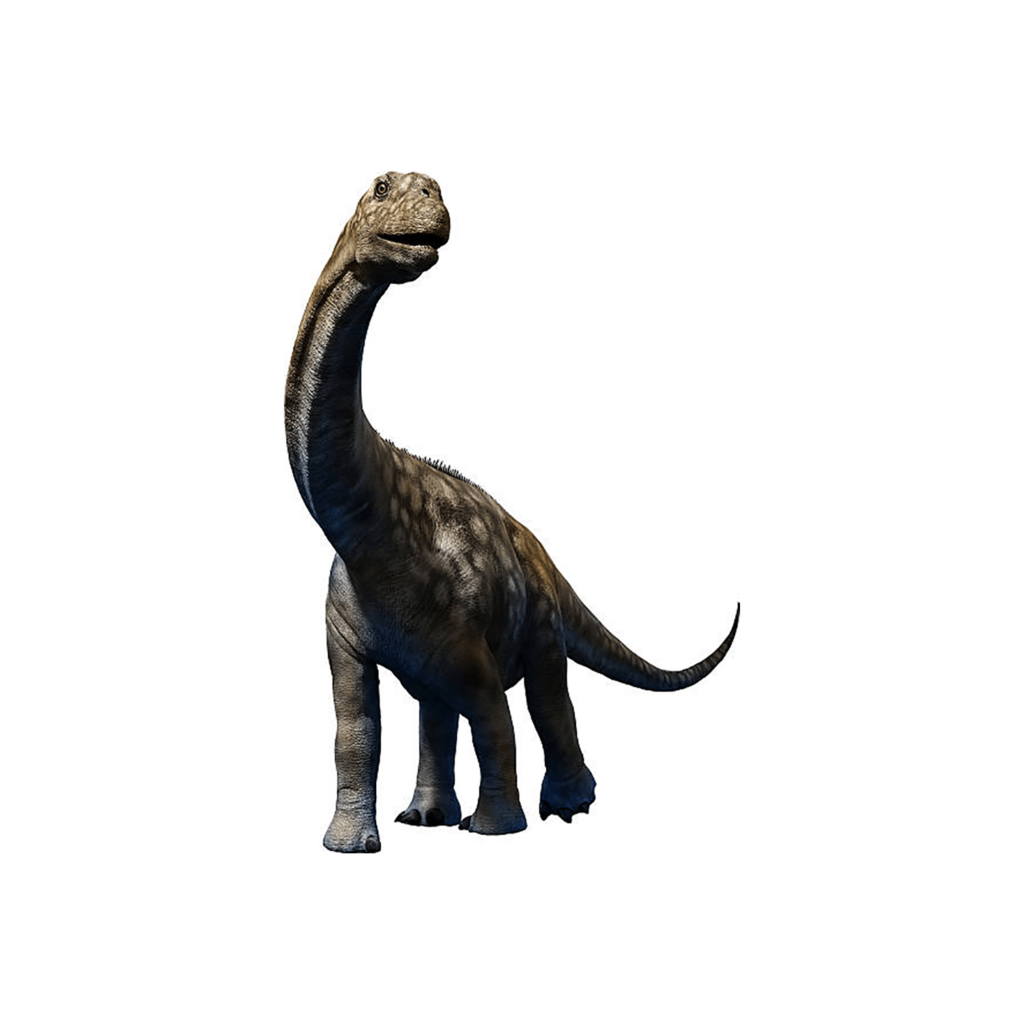
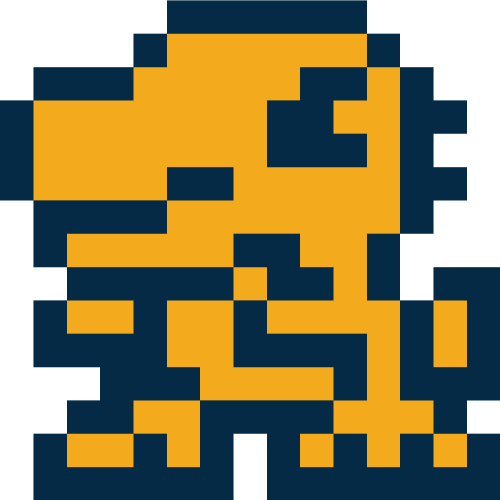
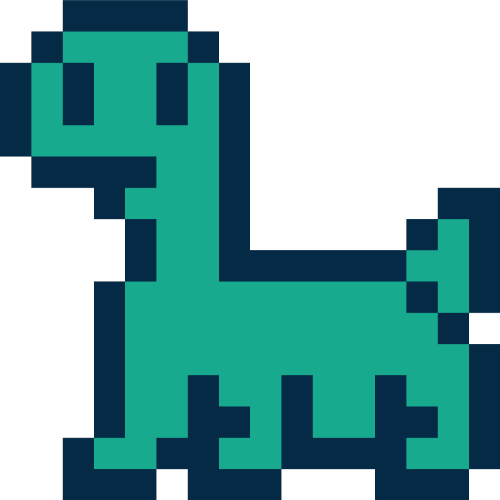
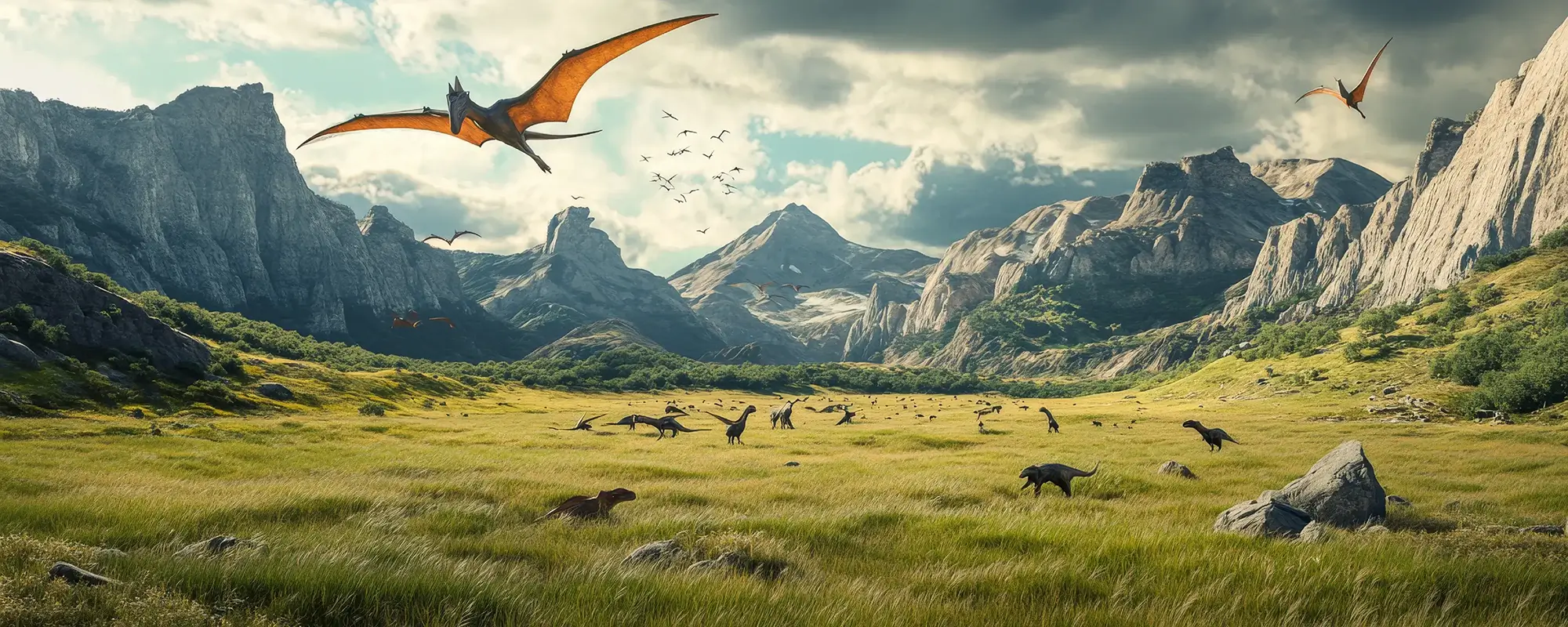



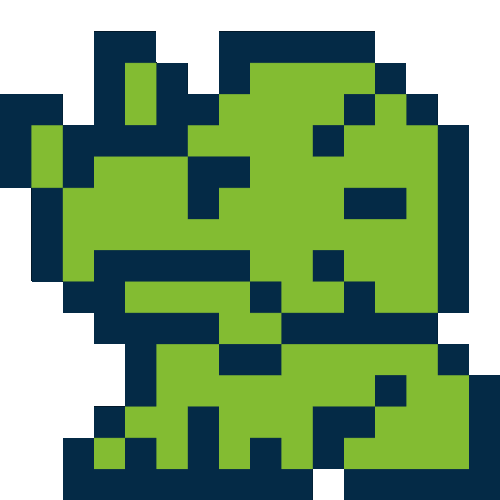
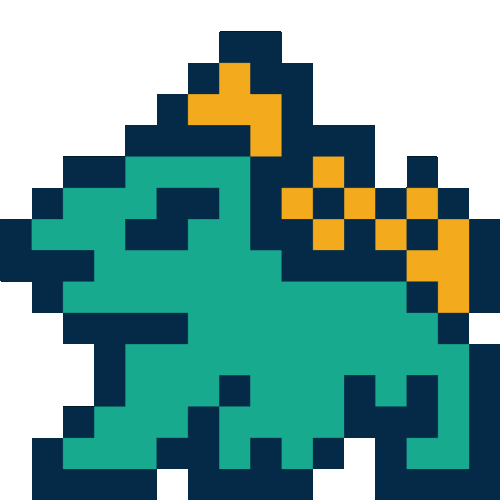
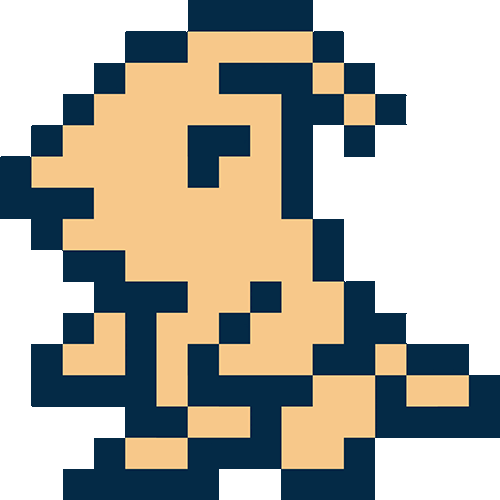

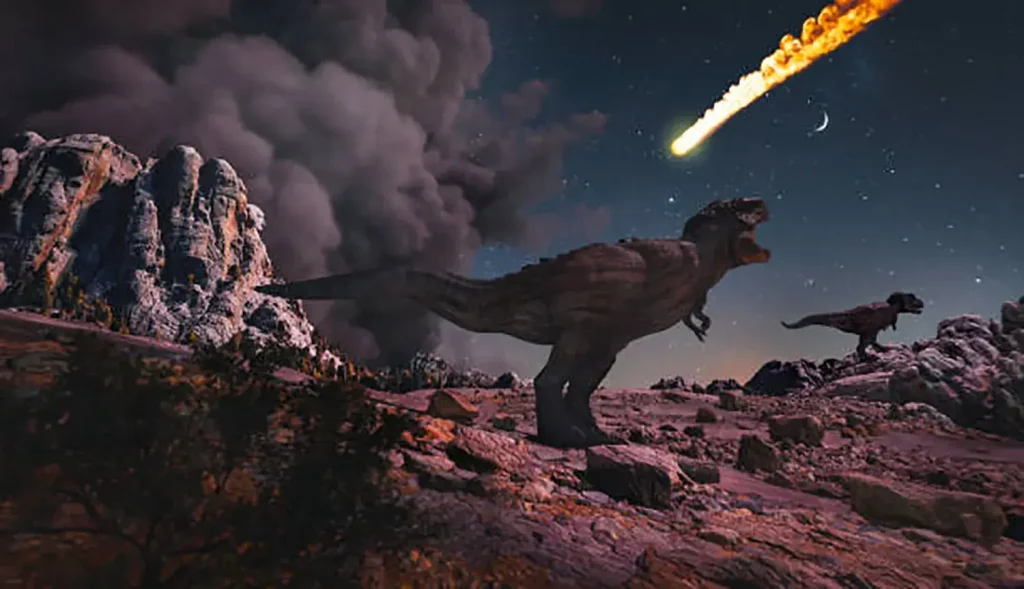
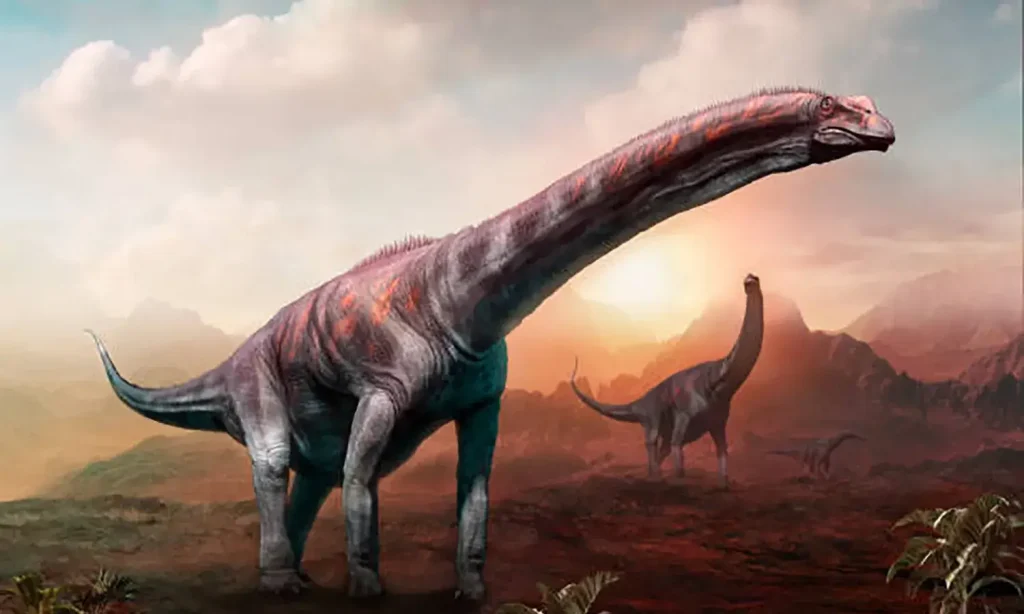
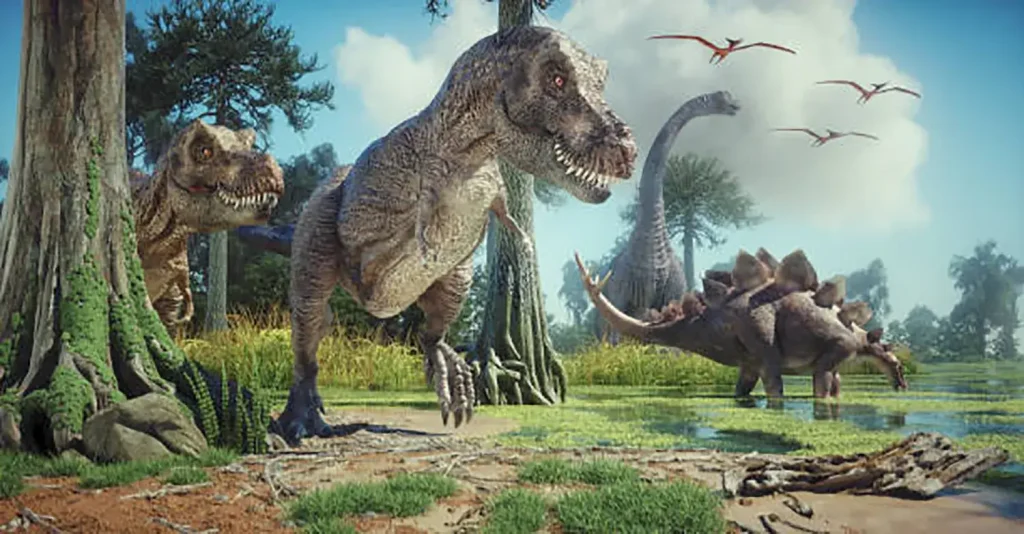
Description
Lesothosaurus was a species of small herbivorous dinosaur that lived in South Africa (Kingdom of Lesotho) during the Early Jurassic period.
Described in 1978 by paleontologist Paul Sereno, this dinosaur was one of the earliest ornithischians to appear and was a small dinosaur, only about 1 meter in length.
Appearance Like a Carnivorous Dinosaur and Agile Movements
Although Lesothosaurus was a herbivore, it walked on two legs and had an appearance similar to a carnivorous dinosaur.
It had a slender build, a thin, short tail, and long, thin, light leg bones, which allowed it to run quickly.
It is believed that they lacked cheeks, so they could not store food in their mouths like later herbivorous dinosaurs.
Instead, it is thought that they escaped from predators with extremely agile movements, nibbling plants in front of them, running, nibbling again, and running…
Its large eyes on the sides of its head allowed it to survey its surroundings and quickly spot enemies, and its vision is said to have been good enough to be active even at night.
Primitive Diet and Locomotion
Lesothosaurus did not have cheek pouches and had a lizard-like face.
The tip of its lower jaw formed a toothless beak, which was well-suited for eating plants.
Its teeth were small; the ones at the front were peg-shaped, and the ones at the back were leaf-shaped.
They were better suited for slicing plants rather than grinding them, making them less adapted for herbivory compared to the teeth of later plant-eating dinosaurs.
It also had teeth on the side of its jaw, which prevented food from spilling out.
It required large digestive organs to process large amounts of plants, and thanks to its ornithischian hip structure, it was able to support these heavy organs above its hips.
Regarding locomotion, it is said that it could walk on either two or four legs, but it is also said that its short forelimbs were not used for walking.
Its forelimbs had long fingers used for grasping things.
Changes in Classification: From Ornithopoda to “Thyreophora”
The discovery of Lesothosaurus was significant for unraveling the evolutionary lineage of dinosaurs.
Initial Discovery
At the time the fossil was discovered, it was thought to be an ornithopod, like Hypsilophodon, or perhaps the most primitive ornithischian.
Current Classification
In 2005, Richard Butler proposed that it might be a primitive thyreophoran. Today, Lesothosaurus is widely known as a distant ancestor of Stegosaurus and Ankylosaurus (a lineage ancestral to Scelidosaurus).